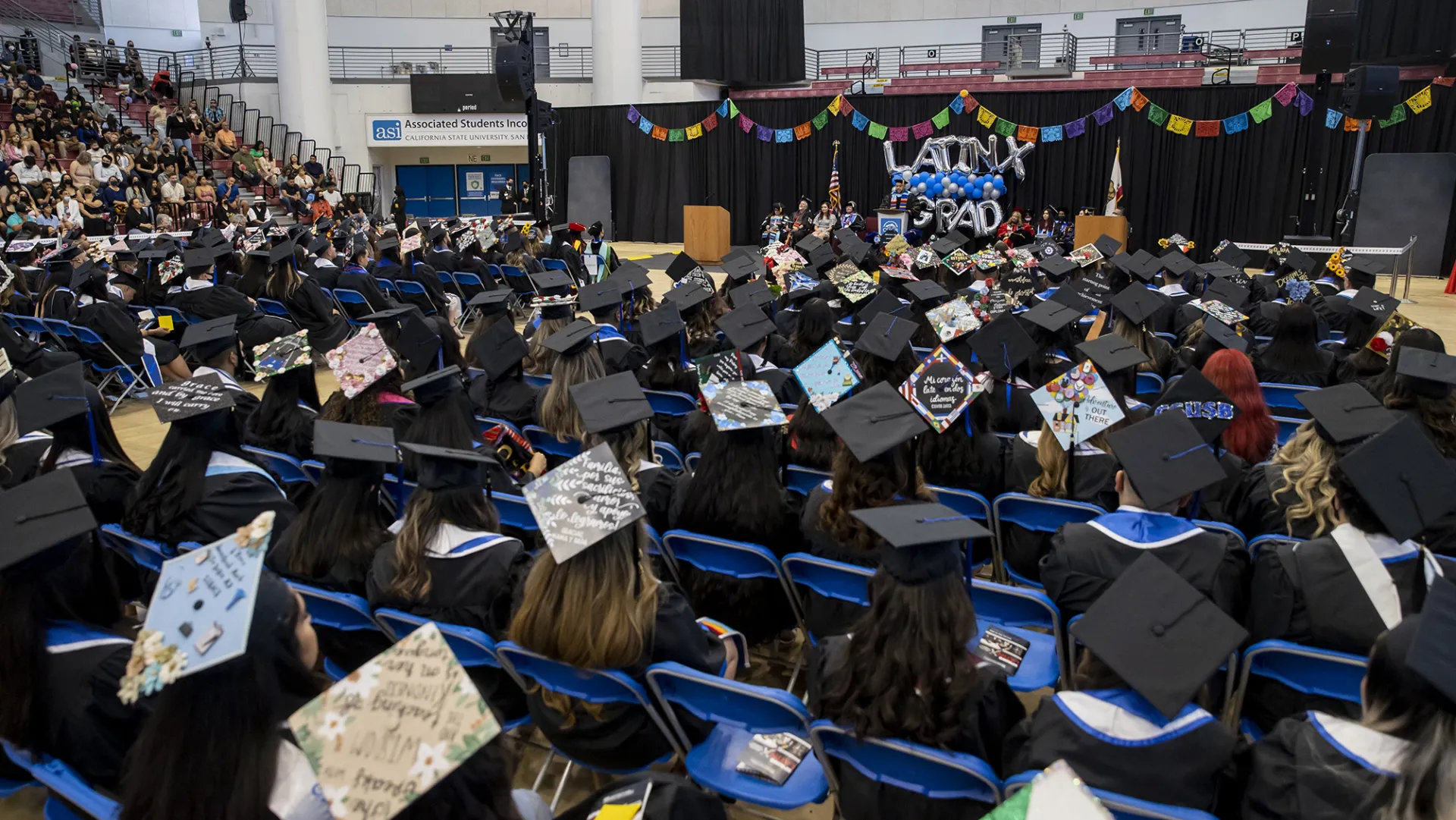Joe Gutierrez | Office of Strategic Communication | (909) 537-3007 | joeg@csusb.edu

Hispanic Outlook in Higher Education has ranked California State University, San Bernardino at 35th in its new ranking of Top 100 Colleges and Universities for Hispanics.
The magazine looks at those institutions that not only enroll the highest number of Hispanic/Latino students, but also the proportion of these students on a campus. It noted the negative impact of COVID-19 not only on college enrollment overall, but especially for Hispanic/Latino students.
Hispanic Outlook congratulated its top-ranked institutions this year by observing that they “have had to make good use of their resources, redefine their modes of educational delivery, and think of innovative ways to support their students, especially the most vulnerable ones (first-generation, minority, economically struggling), in order to weather the storm in the best way possible.”
“I am incredibly proud of this recognition by Hispanic Outlook,” said CSUSB President Tomás D. Morales. “We work incredibly hard to support our students, the majority of whom are first-generation, that is, their parents do not have a college degree.”
He further noted that, as a Hispanic-Serving Institution, understanding the needs of this specific student population is critical to building their academic success. “They are not a monolithic group,” he said. “Understanding this fact assists in our efforts to address their needs.”
Provost and vice president for Academic Affairs Rafik Mohamed echoed Morales. “We are an incredibly diverse university, serving one of the fastest growing and most diverse regions in the country. This is one of our many strengths. Our students accomplish amazing things as they progress towards their degrees. We continue to strengthen the values of diversity, equity and inclusion in all that we do, and the results are borne out by rankings such as this.”
Paz Olivérez, vice president for Student Affairs, spoke to the larger ways that CSUSB supports its Hispanic/Latino students. “We educate the whole person at Cal State San Bernardino,” she said. “This means that the opportunities for engagement and building community outside of the classroom are additional ways that we can support this student population and grow their success.”
These opportunities include student clubs and organizations, athletics, volunteering, study abroad, and theater and music performances.
There is always more that can be done, she added. “We are deliberative in our review of our efforts so that we can continuously improve. We can always do better.”